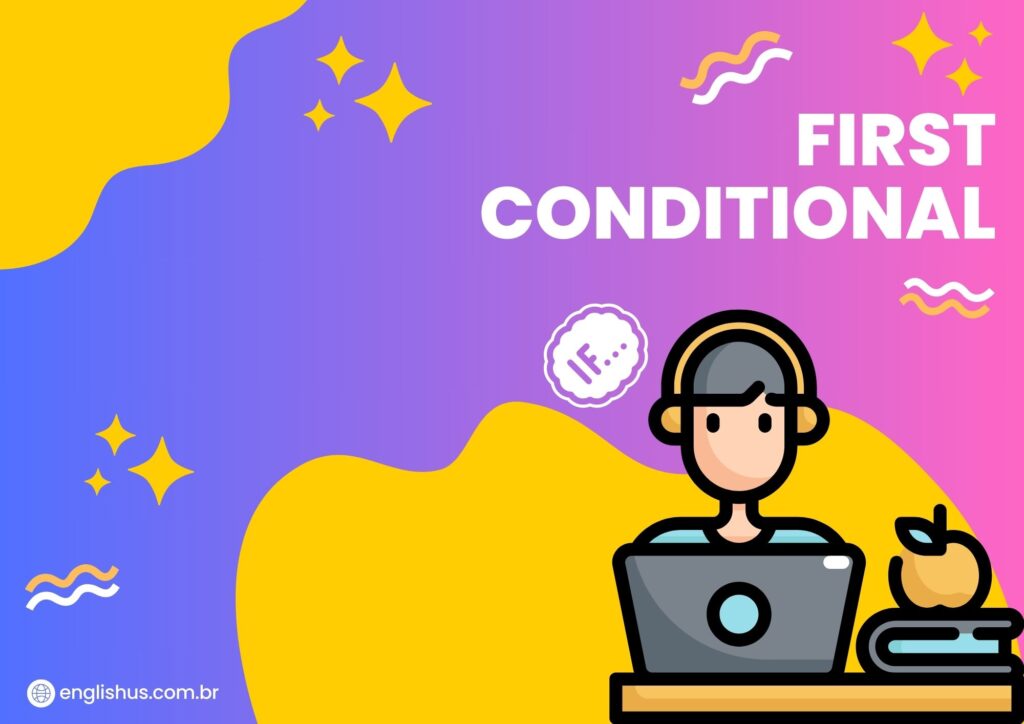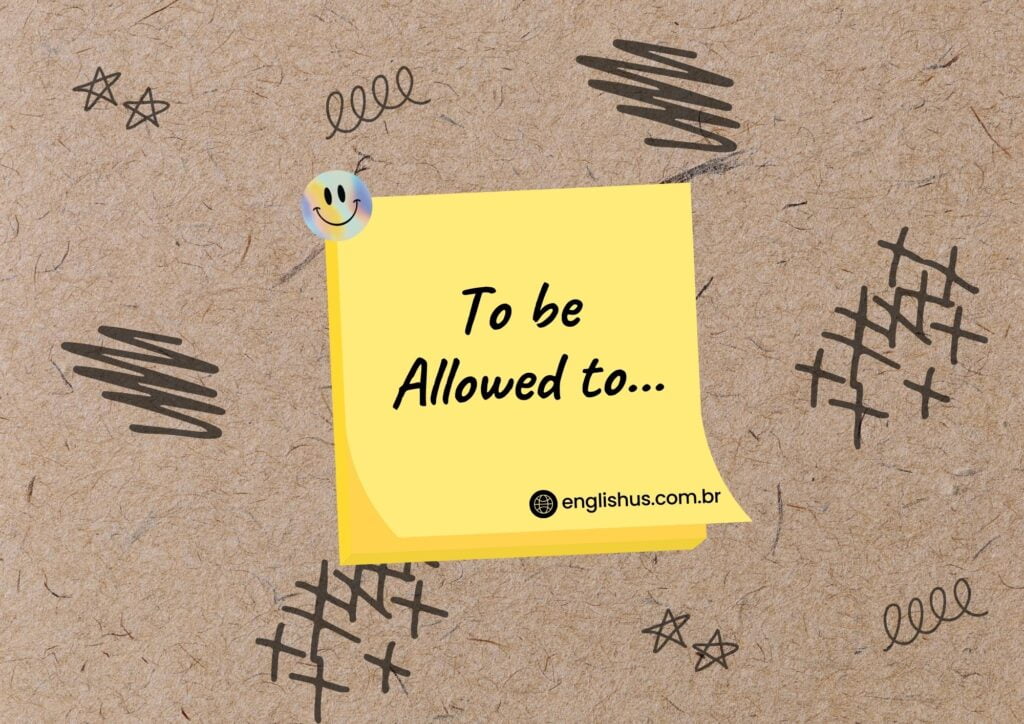Hello, EnglishUs readers! Welcome back to another fun and informative lesson. Today, we’re diving into the world of grammar to explore the Past Perfect Tense: A guide to better storytelling. This tense is a great tool to enhance your storytelling and make your English sound more sophisticated. By the end of this article, you’ll understand how to use the Past Perfect Tense correctly and confidently. Let’s get started!
What is the Past Perfect Tense?
The Past Perfect Tense is used to describe an action that was completed before another action in the past. It’s like a “past of the past” tense, helping us to show the sequence of events clearly.
Structure of the Past Perfect Tense
The Past Perfect Tense is formed using: had + past participle of the verb
For example:
- I had eaten breakfast before I left for school.
- She had finished her homework before she watched TV.
Why Use the Past Perfect Tense?
Using the Past Perfect Tense helps to make your storytelling clearer and more precise. It shows that one action happened before another, adding depth and detail to your narratives.
Examples:
- Before he came to the party, he had already watched the movie.
- She had just left the house when it started to rain.
In these sentences, the Past Perfect Tense shows which action happened first, making the sequence of events easier to understand.
How to Form the Past Perfect Tense
Positive Sentences
To form positive sentences in the Past Perfect Tense, use: had + past participle
Examples:
- I had visited the museum before it closed.
- They had left the party when we arrived.
- She had read the book before watching the movie.
Negative Sentences
To form negative sentences, add “not” after “had”: had not (hadn’t) + past participle
Examples:
- I had not finished my homework when the teacher asked for it.
- They hadn’t seen the new movie before it came out on DVD.
- She hadn’t met him before the meeting.
Questions
To form questions, invert “had” and the subject: Had + subject + past participle?
Examples:
- Had you ever tried sushi before that day?
- Had they visited the Eiffel Tower before their trip to Paris?
- Had she known about the surprise party?
Using the Past Perfect Tense in Context
- Telling Stories
The Past Perfect Tense is particularly useful when telling stories, as it helps to set the scene and provide background information.
Example:
- When I arrived at the party, John had already left.
- She was upset because she had lost her keys.
- Comparing Past Actions
Use the Past Perfect Tense to compare two actions that happened at different times in the past.
Example:
- Before I moved to New York, I had lived in Los Angeles.
- He had studied French before he went to Paris.
- Giving Reasons
The Past Perfect Tense can also be used to explain reasons for past actions.
Example:
- She was happy because she had passed her exams.
- They were tired because they had traveled all day.
Common Mistakes to Avoid
- Using the Simple Past Instead of the Past Perfect
Incorrect: When I got to the station, the train left. Correct: When I got to the station, the train had left.
- Forgetting “Had”
Incorrect: She already finished her homework when her friend called. Correct: She had already finished her homework when her friend called.
- Incorrect Word Order in Questions
Incorrect: Had she finished already her work? Correct: Had she already finished her work?
The Past Perfect Tense is a powerful tool that can enhance your English storytelling skills. By understanding its structure and uses, you can make your narratives more clear and engaging. Keep practicing with the exercises provided, and you’ll soon find yourself using the Past Perfect Tense naturally in your conversations and writing.
For more tips and strategies on improving your English, check out the ebook “The Personal Development through English Language.” This ebook is packed with practical advice and inspiring stories that will help you enhance your language skills and achieve your personal goals. It’s not just about learning English; it’s about using the language to unlock new opportunities and transform your life. So, grab your copy today and continue your journey toward becoming fluent and confident in English! For more information, click HERE!
Keep practicing, stay curious, and see you next time on EnglishUs!

